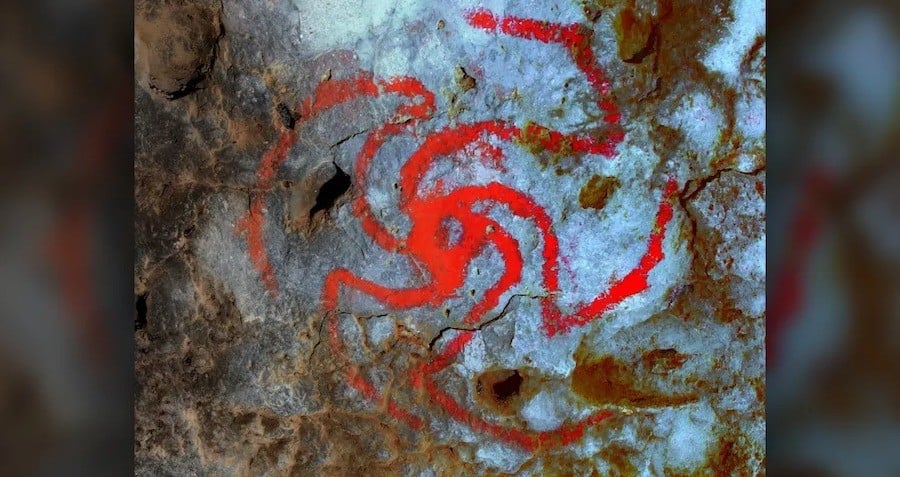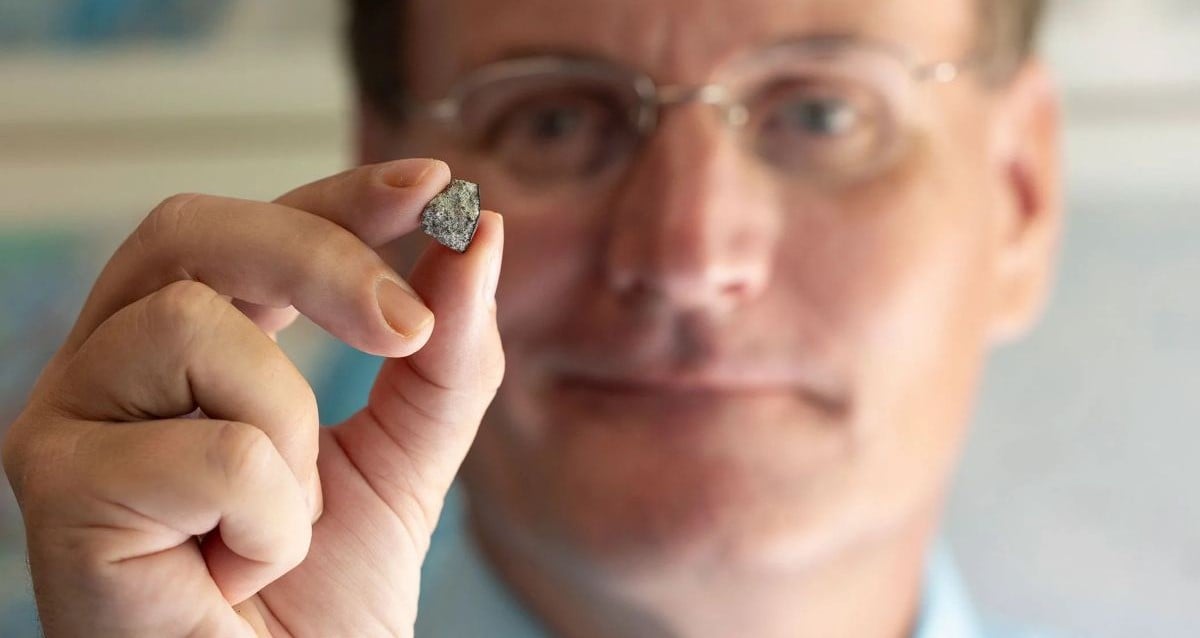Ancient California Cave Reveals 400-Year-Old Native American Drawing of Mysterious Hallucinogenic ‘Trance Flower’—What Secrets Does It Hold?
Psychedelic trips aren’t all that the Pinwheel Cave was used for, however. Archaeologists also uncovered an arrow shaft straightener and projectile points, which suggests that this site was also used to prepare for hunts.
Additionally, researchers found animal remains and seeds which indicate that the Chumash also prepared their food here and likely also used it as a storage space. “This is a community site,” concluded Robinson of the cave.
Robinson also believes that the pinwheel was created in order to honor the sacred plant.
“The painting… is them representing the plant that causes the hallucinogenic experience — not the vision that is caused by the plant. They’re venerating the plant, saying, ‘That’s cool!’”
After learning about the chewed remains of a psychedelic plant found stuck to the ceiling of an Indigenous cave in California, read about the earliest evidence of Ayahuasca found in an ancient shamanic pouch. Then, learn about the sound engineer who accidentally dosed himself with LSD while cleaning 1960s radio equipment.












